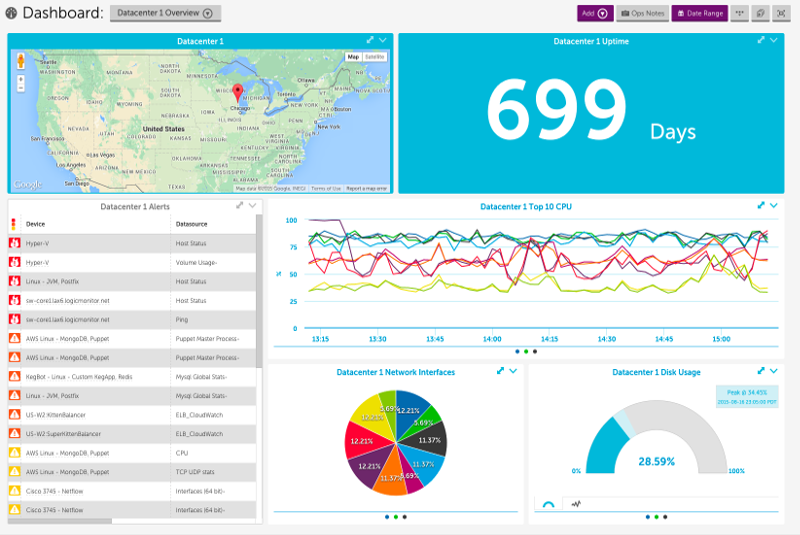
I am a technical intern at ameriDroid.com, and I helped with answering technical questions and got to work on fun and interesting projects involving ODROIDs and related electronics. This is a writeup of a recent project that I just finished, which involved creating a wall display monitor.
A wall monitor is an effective method of passively delivering a constant stream of information. Rather than purchasing a digital picture frame that is not only expensive, but is also small with limited functionality, why not use a computer monitor or TV screen with an ODROID to display photos, weather information, RSS feeds, and other media?
Before assembling the project, you’ll need the following things:
- an ODROID (we used an ODROID-C0, but others can work fine)
- USB WiFi module or an Ethernet cable, if the board allows
- computer monitor
- power adapter
- video output cable
- mouse and keyboard, for setup
- a method of mounting the ODROID on or near the monitor
Double sided mounting tape can be a handy way to mount the ODROID behind the monitor. The ODROID-C0 is a good choice due to its compact size and minimal cost. A Linux distribution is required, and Hardkernel’s Lubuntu is recommended for the C0. The keyboard and mouse are necessary for creating the project, but the wall monitor can run without a keyboard or mouse after the project is setup. The ODROID can be controlled at any time using SSH if necessary.
After the required materials have been collected, follow the steps below to assemble the monitor. Since ODROIDs, like most other single board computers, lack a BIOS interface, it instead uses a special file where various settings, such as screen resolution, are stored. To allow the ODROID to output a signal to the monitor, first find out the monitor’s screen resolution. Edit the boot.ini file on the boot partition of your media by uncommenting the matching monitor specification resolution. Power on the ODROID and connect to an available wireless network. Then, run the software updater using the following command:
$ sudo apt updateAfter restarting the ODROID, the next step is to install the required software. Navigate to the terminal and install the unclutter program:
$ sudo apt install unclutterUnclutter will hide the cursor when not in use. DAKboard is a website that will provide the monitor with its content. Navigate to dakboard.com, register an account, and customize the page with RSS feeds, photos, weather, and other information. Under DAKboard Options, Account Settings, there is a private URL, which you should copy. Open the terminal again and type the following:
$ sudo vi ~/.config/xlsession/Lubuntu/autostartPress the o key and type “firefox –url”, then paste your DAKboard private URL. In vi, you can paste by clicking the left and right mouse buttons at the same time. Press the escape key, then type “:wq”. Open Firefox and navigate to https://mzl.la/2wpotqS in order to install the R-kiosk extension for Firefox. After the extension is installed, disconnect the power from the ODROID. Mount the ODROID near the monitor, and position and organize the power and video cables. Power on the ODROID and verify that everything is working properly before mounting the monitor to the wall.
The ODROID should now display the information that you configured in DAKboard. Log in to DAKboard on another computer to edit the page at any time. The page should now provide live information for weather, photos, and RSS feeds.

Be the first to comment